Home>Garden Essentials>How To Do A Rooftop Garden In NYC
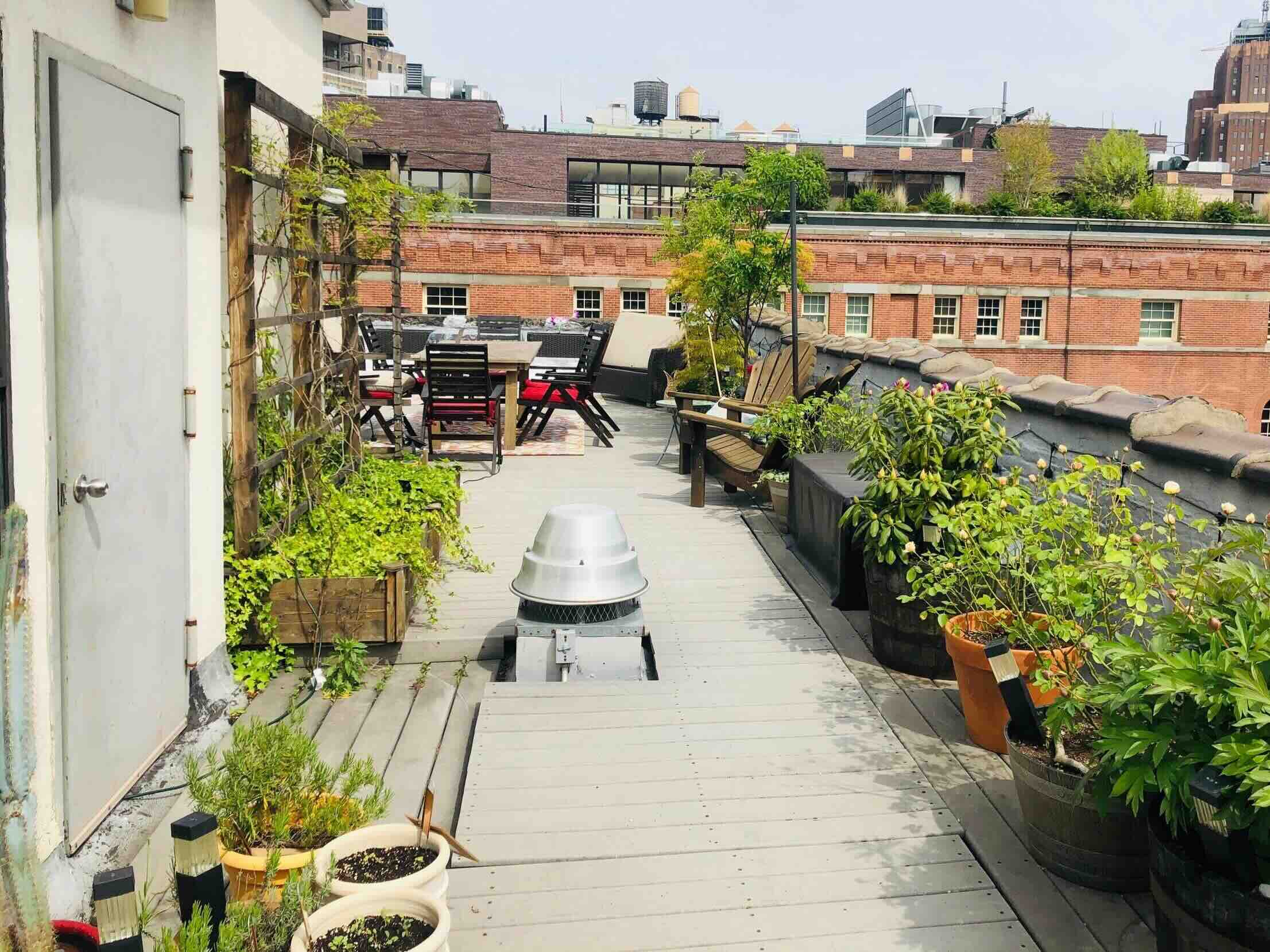

Garden Essentials
How To Do A Rooftop Garden In NYC
Modified: August 29, 2024
Learn how to create a stunning rooftop garden in NYC with our expert tips and tricks. Transform your urban space into a lush garden oasis.
(Many of the links in this article redirect to a specific reviewed product. Your purchase of these products through affiliate links helps to generate commission for Storables.com, at no extra cost. Learn more)
Introduction
Welcome to the world of rooftop gardening in the bustling city of New York! If you are a nature lover, an urban gardener, or simply someone looking to add a touch of green to your urban living space, creating a rooftop garden is a perfect solution. Not only does it provide a sanctuary amidst the concrete jungle, but it also allows you to grow your own fresh produce, create a beautiful oasis, and contribute to a greener environment.
However, rooftop gardening in NYC comes with its own set of challenges. From limited space to structural considerations, there are several factors to take into account. But fear not! In this article, we will guide you through the process of creating a stunning and thriving rooftop garden in the heart of the city.
Before diving into the practical steps, it’s important to understand the benefits of rooftop gardening. First and foremost, it allows you to make the most of underutilized space and bring nature closer to your doorstep. Rooftop gardens also provide numerous environmental benefits, such as improving air quality, reducing the urban heat island effect, and absorbing rainwater to mitigate stormwater runoff. Additionally, they can enhance the overall aesthetic appeal of your building and increase property value.
Now that we’ve highlighted the perks, let’s move on to the crucial first step: choosing the right location for your rooftop garden. Stay tuned!
Key Takeaways:
- Create a thriving rooftop garden in NYC by choosing the right location, obtaining permits, and assessing structural capacity. Select plants, prepare the roof, and install proper drainage for a successful urban oasis.
- Maintain your rooftop garden with regular watering, fertilizing, and pest control. Provide shade and wind protection, adapt to seasonal care, and enjoy the beauty of your green oasis above the city.
Read more: How Does A Rooftop Garden Function
Choosing the Right Location
When it comes to rooftop gardening in New York City, selecting the right location is of utmost importance. The success of your garden depends on factors such as sunlight exposure, wind conditions, and accessibility. Here are some key considerations to keep in mind:
Sunlight Exposure: Assess the amount of sunlight your rooftop receives throughout the day. Most plants require at least six hours of direct sunlight, so choose a location that provides ample light. Avoid areas shaded by neighboring buildings or tall structures.
Wind Conditions: NYC is known for its windy conditions, and rooftops can be particularly exposed. Consider the strength and direction of the prevailing winds in your area. Look for locations that provide some form of wind protection, such as adjacent walls or sturdy structures which can act as windbreaks.
Accessibility: Your rooftop garden should be easily accessible for maintenance and enjoyment. Take into account the convenience of bringing tools, equipment, and gardening supplies up to the roof. Additionally, consider installing a safe and secure staircase or elevator access if needed.
Structural Support: Before proceeding with your garden plans, it’s crucial to determine if your rooftop can support the additional weight of a garden. Consult with a structural engineer to assess the load-bearing capacity of the roof and ensure it can handle the weight of the soil, plants, containers, and any additional structures.
Neighboring Considerations: Take into account the impact your rooftop garden may have on neighboring buildings or tenants. Avoid overhanging plants that could obstruct views or cause damage. Ensure that the placement of your garden will not negatively impact the privacy or well-being of those around you.
Aesthetics: Consider the overall aesthetic appeal of your rooftop garden. Choose a location that allows for a visually pleasing arrangement of plants and containers. You may want to position your garden to take advantage of the views or create a secluded oasis.
By carefully considering these factors, you can choose the perfect location for your rooftop garden in NYC. Moving forward, you will need to obtain the necessary permissions and permits. Stay tuned for our next section on navigating this process.
Obtaining Permission and Permits
Before you begin your rooftop gardening project in New York City, it’s crucial to ensure that you have obtained the necessary permissions and permits. As with any construction or alteration, there are regulations in place that must be followed to ensure safety and compliance. Here are some steps to help you navigate this process:
Consult with Building Management: Start by reaching out to the building management or the property owner to inquire about their policies regarding rooftop gardens. Some buildings may have strict regulations or guidelines in place, while others may be more open to the idea. Discuss your plans and get a clear understanding of what is allowed.
Check Local Codes and Regulations: Research the local codes and regulations related to rooftop gardening in NYC. The Department of Buildings (DOB) is the primary authority governing construction and alterations. Check their website or contact them directly for guidelines specific to rooftop gardens. It’s important to adhere to the rules to ensure safety and compliance.
Submit a Permit Application: In most cases, you will need to obtain a permit before proceeding with your rooftop garden project. The DOB will require you to submit a permit application, which may include details such as project plans, structural calculations, and a description of the work to be done. Follow the instructions provided by the DOB and ensure that all necessary information is included.
Engage Professionals if Required: Depending on the complexity of your rooftop garden project, you may need to engage professionals such as architects or structural engineers to assist with the permit application. They can help ensure that your plans meet the required standards and provide the necessary documentation for the permit application.
Review and Approval Process: Once your permit application is submitted, it will undergo a review process by the DOB. They will assess the proposed project against relevant codes and regulations. It may take some time for the application to be reviewed, so be prepared for potential delays and follow up if necessary. Once approved, you will receive the necessary permits to proceed with your rooftop garden.
Observe Safety Regulations: During the construction or installation process, it’s important to follow all safety regulations and guidelines. Ensure that the work is conducted by professionals or experienced individuals who understand the unique challenges of rooftop gardening. Safety should be a top priority to prevent accidents and ensure the long-term stability of your garden.
By obtaining the required permissions and permits, you can confidently embark on your rooftop gardening journey in NYC. Once you have approval in hand, it’s time to assess the structural capacity of your rooftop. Stay tuned for our next section on this critical step.
Assessing the Structural Capacity
Before you start designing and building your rooftop garden in New York City, it is crucial to assess the structural capacity of your building. Rooftops are not designed to support the weight of a garden, soil, and other garden elements, so it is essential to ensure the safety and stability of the structure. Here are the steps to assess the structural capacity:
Hire a Structural Engineer: Enlist the services of a qualified structural engineer who specializes in rooftop gardens. They will evaluate the existing building structure and assess its ability to withstand the additional load. The engineer will consider factors such as the construction material, age of the building, and any previous modifications.
Load Bearing Evaluation: The structural engineer will conduct a thorough load bearing evaluation. They will take into account the weight of the garden itself, including the soil, containers, plants, and any additional features such as seating or walkways. The engineer will analyze the load distribution and determine if the existing structure can handle it.
Review Existing Blueprints: The structural engineer will review the original building blueprints to understand the construction and load-bearing capabilities. This information will help determine if any modifications or reinforcements are necessary to support the weight of the rooftop garden.
Consider Seismic Activity: In New York City, it is essential to consider the potential impact of seismic activity. The structural engineer will assess the building’s ability to withstand any potential seismic forces and ensure that the rooftop garden does not compromise the structural integrity during such events.
Reinforcement Requirements: Based on the evaluation, the structural engineer may recommend reinforcing specific areas of the rooftop or the entire structure. This reinforcement can include adding additional support columns, beams, or strengthening existing components to ensure the necessary stability and safety.
Follow Engineer’s Recommendations: It is crucial to follow the recommendations and instructions provided by the structural engineer. They are experts in assessing structural capacity and ensuring the safety of the building and its occupants. Implement any necessary modifications or reinforcements before proceeding with the garden installation.
By conducting a thorough assessment of the structural capacity, you can have peace of mind while enjoying your rooftop garden. Once the structure is deemed safe and stable, you can move on to the exciting steps of selecting plants, preparing the roof, and building raised beds or containers. Stay tuned for the next sections of our comprehensive guide to rooftop gardening in NYC.
Selecting the Right Plants
Choosing the right plants for your rooftop garden in New York City is crucial for the success and sustainability of your garden. The unique environmental conditions of rooftop gardens, such as sun exposure, wind, and temperature fluctuations, require careful consideration when selecting plants. Here are some factors to keep in mind when choosing your rooftop garden plants:
Sunlight Exposure: Assess the amount of sunlight your rooftop receives throughout the day. Different plants have varying sunlight requirements, so choose plants that are well-suited to the sun exposure of your rooftop. Some plants thrive in full sun, while others prefer partial shade.
Wind Resistance: As mentioned earlier, rooftop gardens in NYC are often exposed to strong winds. Select plants that are known for their wind resistance. Look for plants with sturdy stems and compact growth habits, as they are more likely to withstand gusty conditions. Avoid delicate or tall plants that may be easily damaged by the wind.
Drought Tolerance: Rooftop gardens can experience limited access to water, especially during hot summer months. Choose plants that are drought-tolerant and can withstand periods of water scarcity. Succulents, Mediterranean herbs, and native grasses are excellent choices for their ability to thrive in dry conditions.
Container Compatibility: Since rooftop gardens often rely on containers or raised beds, it’s important to choose plants that are well-suited for container gardening. Look for plants that have a compact growth habit and do not require extensive root space. Consider the mature size of the plants and make sure they will not outgrow the containers or become root-bound.
Climate Adaptability: New York City experiences a wide range of temperatures throughout the year. Select plants that can adapt to the local climate and are suitable for both hot summers and cold winters. Consider the hardiness zone of the city (zone 7b for most areas) and choose plants that can tolerate these temperature ranges.
Edible and Ornamental Plants: Depending on your preferences, you can choose to incorporate edible plants, ornamental plants, or a combination of both in your rooftop garden. Herbs, salad greens, tomatoes, and peppers are popular choices for edible rooftop gardens. For ornamental gardens, consider flowering perennials, grasses, and shrubs that add beauty and visual interest.
Native and Pollinator-Friendly Plants: Supporting local ecosystems and attracting pollinators is an important aspect of rooftop gardening. Choose native plants that are adapted to the local environment and provide food and habitat for pollinators like bees and butterflies. Incorporating native plants can contribute to the overall biodiversity and ecological balance of the area.
Maintenance Requirements: Consider the maintenance needs of the plants you choose. Some plants may require regular pruning, deadheading, or fertilizing. Be realistic about the time and effort you can dedicate to garden maintenance and choose plants that fit your maintenance capabilities.
By carefully considering these factors, you can select the right plants for your rooftop garden in NYC. Remember to choose a variety of plants with different heights, textures, and colors to create an aesthetically pleasing and diverse garden. In the next sections of our comprehensive guide, we will cover topics such as preparing the roof, installing proper drainage, and building raised beds or containers. Stay tuned!
Read more: Rockefeller Rooftop Garden: How To Access
Preparing the Roof
Preparing your rooftop is a crucial step in creating a successful garden in New York City. A well-prepared roof provides a stable and supportive foundation for your plants and ensures their long-term health. Here are the necessary steps to prepare your rooftop for gardening:
Clean and Clear the Roof: Begin by thoroughly cleaning the roof surface. Remove any debris, dirt, or loose materials that may obstruct the gardening process. Sweep or power wash the roof to create a clean and blank canvas for your garden.
Inspect the Roof Structure: Carefully inspect the roof structure to identify any signs of damage or leaks. Check for cracks, loose tiles, or deteriorated materials and address these issues before proceeding with the garden installation. A solid and well-maintained roof is essential for the longevity of your garden.
Repair and Reinforce: If you come across any roof damage during the inspection, it is crucial to repair and reinforce the affected areas. Consult with a professional roofing contractor to ensure that any necessary repairs are conducted correctly and to prevent future issues. Reinforce weak points to ensure the structural integrity of the roof.
Waterproofing: To protect your rooftop and the underlying structure from water damage, consider applying a waterproofing membrane. This membrane acts as a barrier, preventing water infiltration and extending the lifespan of your roof. Consult with a professional waterproofing contractor to determine the most suitable waterproofing solution for your rooftop.
Create a Slope: Proper drainage is essential for a rooftop garden. Ensure that the roof surface has a slight slope to allow for the effective drainage of excess water. This prevents standing water and potential damage to the plants and roof structure. Consult with a professional to determine the appropriate slope angle for your specific rooftop.
Protect the Roof Surface: To avoid damage to the roof membrane and provide insulation, place a protective layer over the roof surface. This can be a geotextile fabric or a root barrier, which acts as a barrier between the roof surface and the plants. It helps prevent root penetration and damage to the waterproofing layer.
Consider Wind Barriers: As mentioned earlier, New York City rooftops often experience strong winds. Installing wind barriers, such as trellises, screens, or solid fencing, can help protect your plants from excessive wind exposure. Wind barriers can also create a microclimate that promotes plant growth and shields them from damage.
Inspect and Clear Roof Drains: Check the condition of roof drains and ensure they are clear of any debris or clogs. Proper functioning of the drains is crucial for efficient water drainage from the rooftop. Clear any blockages and inspect the drainage system regularly to prevent water accumulation and potential damage.
By following these steps to prepare your rooftop, you will create a solid foundation for your garden. Once your rooftop is properly prepared, it’s time to move on to the next steps, including installing proper drainage and building raised beds or containers. Stay tuned for the upcoming sections of our comprehensive guide to rooftop gardening in NYC.
Installing Proper Drainage
Proper drainage is essential for a thriving rooftop garden in New York City. It ensures that excess water is effectively removed from the garden area, preventing waterlogged soil and potential damage to plants and the rooftop structure. Here’s a step-by-step guide to installing proper drainage for your rooftop garden:
Evaluate Existing Drainage Systems: Start by assessing the existing drainage systems on your rooftop. Check for the presence of roof drains, scuppers, or downspouts. Determine if these systems are functioning effectively or if they need repairs or modifications to accommodate the added water flow from the garden.
Add Roof Drainage Redirection: Depending on the location and layout of your rooftop garden, it may be necessary to redirect the roof’s existing drainage system. This can be achieved by installing additional downspouts or extending the existing ones to direct water away from the garden area. Consider consulting with a professional plumber to ensure proper redirection of water.
Create Drainage Paths: Designate specific areas for water to flow and create proper drainage paths. These paths should guide the excess water downward and away from the garden area. Use materials such as gravel or permeable pavers to create these paths and facilitate water absorption and movement.
Install Drainage Layer: A drainage layer is crucial for preventing water accumulation and ensuring the health of your plants. This layer consists of materials that allow water to flow freely away from the plants’ root zone. Use materials such as pea gravel, crushed stone, or drainage mats to create a permeable layer that directs water to the drainage paths.
Add Drainage Pipes: Install drainage pipes in the designated paths to facilitate the movement of excess water. These pipes will carry the water from the drainage layer to the existing drainage system or to an appropriate outlet. Ensure the pipes are properly sloped to allow for optimal water flow.
Use Self-Watering Containers: Incorporating self-watering containers can help enhance drainage in your rooftop garden. These containers have built-in reservoirs that allow plants to draw water as needed, preventing waterlogging. They provide a controlled and consistent water supply, reducing the risk of overwatering or under watering your plants.
Monitor and Maintain: Regularly monitor the drainage system to ensure it is working effectively. Clear any blockages or debris that may impede water flow. Pay attention to the water level in the drainage paths and adjust as necessary to promote proper drainage. Regular maintenance will help prevent water-related issues and keep your rooftop garden healthy.
Proper drainage is a crucial aspect of rooftop gardening in NYC. By following these steps and ensuring efficient water removal, you will create an environment that promotes healthy plant growth and prevents water-related damage. In the next section, we will discuss the importance of building raised beds or selecting containers for your rooftop garden. Stay tuned!
When creating a rooftop garden in NYC, make sure to check with your building management or landlord for any regulations or restrictions. It’s important to use lightweight soil and containers to avoid adding too much weight to the roof. Also, consider wind exposure and choose plants that can withstand the city’s climate and pollution.
Building Raised Beds or Containers
Building raised beds or using containers is a practical and efficient way to create a thriving rooftop garden in New York City. These options allow you to maximize space, control soil quality, and provide excellent drainage for your plants. Here are the steps to building raised beds or selecting containers for your rooftop garden:
Determine the Size and Shape: Decide on the size and shape of your raised beds or containers based on the available space on your rooftop. Consider the structural capacity of your rooftop and ensure the dimensions of the beds or containers are suitable for your plants’ growth and accessibility.
Choose the Right Materials: Select materials that are lightweight, durable, and suitable for rooftop gardening. Common options include cedar or redwood for raised beds, as they are naturally resistant to decay and can withstand outdoor conditions. For containers, consider lightweight materials such as plastic or composite materials.
Build Raised Beds: If you opt for raised beds, construct them using the chosen materials. Create sturdy frames by connecting the sides using galvanized screws or corner brackets. Ensure the beds are level and secure to prevent structural issues in the long run. Leave ample space between the beds to allow room for walking and maintenance.
Ensure Proper Drainage: In the bottom of the raised beds or containers, add a layer of crushed stone or gravel to facilitate drainage. This layer helps prevent waterlogging and provides an avenue for excess water to drain away from the plant roots. It also helps keep the soil aerated and free from standing water.
Select Quality Soil: Fill the raised beds or containers with high-quality soil that is well-draining and nutrient-rich. Use a mixture of compost, peat moss, perlite, and vermiculite to create a loose and well-aerated growing medium. Avoid using heavy clay or compacted soil as it can hinder root growth and drainage.
Consider Irrigation Systems: Installing an irrigation system can simplify the watering process in your raised beds or containers. Drip irrigation or soaker hoses are excellent options to provide water directly to the plants’ roots. Automate the system with a timer to ensure consistent and efficient watering, especially during hot and dry periods.
Place Containers Strategically: If using containers, strategically place them on your rooftop to optimize space and sun exposure. Consider the mature size of the plants and provide enough room for growth. Group containers with similar water and sunlight requirements together to facilitate maintenance and watering.
Utilize Vertical Space: Take advantage of vertical space on your rooftop by incorporating trellises, vertical planters, or hanging baskets. These options allow you to grow vining plants, climbers, or trailing varieties, maximizing space and adding visual interest to your rooftop garden.
By building raised beds or selecting containers with proper drainage, you provide an ideal growing environment for your plants. In the next section, we will discuss the importance of choosing the right soil for your rooftop garden. Stay tuned!
Choosing the Right Soil
Selecting the right soil is essential for the success of your rooftop garden in New York City. The soil provides the necessary nutrients, support, and moisture retention for plant growth. In a rooftop garden, it’s crucial to choose a soil mix that promotes healthy plant development while ensuring proper drainage. Here’s how to choose the right soil for your rooftop garden:
Consider Lightweight and Well-Draining Soil: Rooftop gardens require a soil mix that is lightweight to prevent excessive weight on the rooftop structure. Look for commercially available lightweight soil mixes specifically formulated for container or rooftop gardening. These mixes typically contain a combination of peat moss, compost, perlite, and vermiculite to provide a balance of nutrients and drainage.
Avoid Heavy Clay Soils: Heavy clay soils can become compacted, hinder water drainage, and impede root growth. Avoid using pure clay soils in your rooftop garden. If you have clayey soil in your garden area, consider amending it with organic matter, such as compost or well-rotted manure, to improve its drainage and structure.
Choose Organic Matter: Organic matter provides essential nutrients and enhances soil structure. Adding compost, well-rotted manure, or other organic amendments to the soil mix improves its fertility and water-holding capacity. Organic matter also aids in retaining moisture, reduces erosion, and promotes beneficial microbial activity in the soil.
Beware of Excessive Nutrients: While nutrients are essential for plant growth, too much of them can be detrimental. Avoid using soil mixes with excessive amounts of slow-release fertilizers, as they can cause imbalance and nutrient toxicity. It’s best to add fertilizers separately, as needed, based on the specific requirements of your plants.
Maintain Adequate Drainage: Good drainage is crucial for rooftop gardens to prevent waterlogged soil and root rot. Choose a soil mix that allows excess water to freely drain away from the plant roots. The inclusion of perlite, vermiculite, or crushed stone in the soil mix helps improve drainage and prevent compaction.
Consider pH Balance: Different plants have varying pH preferences. Test the pH level of your soil and make adjustments if necessary. Most garden plants prefer a slightly acidic to neutral pH range (around 6.0 to 7.0). Use pH-adjusting amendments such as lime or sulfur to maintain the desired soil pH for optimal plant growth.
Choose a Soil Mix Supplier: It can be beneficial to source soil mixes from reputable suppliers who specialize in rooftop gardening. These suppliers often offer soil blends specifically formulated for the unique conditions of rooftop gardens. They can provide expert advice on soil selection and may have custom blends tailored to the needs of urban gardeners.
Regularly Monitor and Amend the Soil: Ongoing monitoring of the soil conditions is essential. Regularly check the moisture level, pH balance, and nutrient content of the soil. Amend the soil as necessary by incorporating organic matter, adjusting pH, or adding appropriate fertilizers to ensure optimal plant health and growth.
By choosing the right soil mix, you provide your rooftop garden with a nutrient-rich and well-draining growing medium. In the next section, we will discuss irrigation and watering systems to ensure your plants receive the moisture they need. Stay tuned!
Irrigation and Watering Systems
Effective irrigation and proper watering are essential for maintaining a healthy and thriving rooftop garden in New York City. The unique environmental conditions of rooftop gardens, such as sun exposure and wind, can impact the moisture needs of your plants. Implementing a well-designed irrigation and watering system will ensure that your plants receive the right amount of water. Here’s how to set up an efficient irrigation system:
Drip Irrigation: Drip irrigation is a popular and efficient method for watering rooftop gardens. It delivers water directly to the plant’s root zone, minimizing water waste through evaporation or runoff. Drip irrigation systems consist of tubes with built-in emitters that slowly release water near the base of each plant.
Soaker Hoses: Soaker hoses provide a similar function to drip irrigation by delivering water directly to the soil. These hoses are porous and release water along their entire length, allowing for a slow and steady water flow. Place soaker hoses between plants, ensuring that they are placed near the roots where the water is needed.
Sprinkler Systems: While less water-efficient, sprinkler systems can still be used on rooftops with careful consideration. Choose sprinklers that deliver a gentle and even spray, minimizing water runoff and evaporation. Adjust the sprinklers to target the plant area and avoid wasting water on non-plant areas.
Automated Timers: Installing automated timers for your irrigation system can help achieve consistent and efficient watering. Timers can be programmed to water at specific times and durations, ensuring that your plants receive water even if you are not available. Set the watering schedule based on the moisture needs of your plants, taking into account factors such as sunlight exposure and temperature.
Rainwater Harvesting: Consider incorporating a rainwater harvesting system into your rooftop garden. Collecting rainwater in barrels or tanks allows you to make use of natural water sources. Use a filtration system to remove debris and ensure the collected water is clean. Water collected from rainwater harvesting can be used for manual watering or connected to your irrigation system.
Monitor Soil Moisture: Regularly monitor the moisture level of the soil to ensure proper watering. Use a moisture meter or simply check the soil by hand. Different plants have different moisture requirements, so adjust your watering schedule accordingly. Avoid overwatering, as it can lead to root rot and other plant problems.
Watering Techniques: When manually watering your rooftop garden, use appropriate watering techniques. Water the base of the plants, directing the water to the root zone. Avoid overhead watering, as it can waste water through evaporation and increase the risk of fungal diseases. Water deeply and less frequently to encourage healthy root growth.
Consider Self-Watering Containers: Self-watering containers can simplify the watering process in your rooftop garden. These containers have built-in reservoirs that gradually release water to plant roots as needed. This system reduces the frequency of watering and ensures consistent moisture levels within the containers.
By implementing a well-designed irrigation and watering system in your rooftop garden, you can provide your plants with the moisture they need for healthy growth. In the next section, we will discuss the importance of providing shade and wind protection for your rooftop garden in NYC. Stay tuned!
Providing Shade and Wind Protection
Creating a rooftop garden in New York City comes with its fair share of challenges, including intense sunlight and strong winds. Providing shade and wind protection for your rooftop garden is essential to ensure the health and vitality of your plants. Here are some strategies to consider:
Install Shade Structures: Adding shade structures to your rooftop garden can help protect plants from intense sunlight and reduce heat stress. Options include umbrellas, pergolas, or retractable awnings. Place these structures strategically to provide shade during the hottest parts of the day, creating a cooler and more comfortable environment for your plants.
Utilize Shade Cloth: Shade cloth is a versatile option for providing shade in your rooftop garden. It can be installed over plant beds or individual pots and can be adjusted to control the amount of shade. Shade cloth comes in different densities, allowing you to choose the level of shade suitable for your plants’ needs.
Choose Shade-Tolerant Plants: Selecting plants that can thrive in shade or partial shade is an effective strategy for rooftop gardening in NYC. Shade-tolerant plants such as ferns, hostas, and impatiens can withstand limited sunlight and still flourish. Research the shade requirements of your chosen plants and group them accordingly in shaded areas of your rooftop garden.
Create Windbreaks: Strong winds can damage or uproot your plants, making wind protection crucial. Install windbreaks, such as trellises, screens, or solid fencing, to provide a barrier against strong gusts. These structures can be placed strategically to redirect wind flow or act as a shield for vulnerable plants.
Choose Wind-Resistant Plants: Incorporate plants with sturdy stems and compact growth habits that are known for their resistance to wind. Look for plants with small or leathery leaves that are less prone to damage. Native grasses and succulents, such as sedums, are excellent choices for rooftop gardens due to their ability to tolerate windy conditions.
Use Vertical Garden Systems: Vertical gardening systems, such as living walls or vertical planters, can help provide shade and wind protection. These systems can be attached to walls, fences, or freestanding structures, maximizing space and creating a more sheltered environment for your rooftop garden. They also add aesthetic appeal and can help with the insulation of your building.
Create Microclimates: Take advantage of existing structures or garden elements to create microclimates within your rooftop garden. Position larger plants or structures in a way that provides natural shade and wind protection for smaller, more delicate plants. This can help with temperature regulation and reduce the impact of harsh environmental conditions.
Regularly Monitor and Adjust: Continuously monitor the shading and wind patterns in your rooftop garden. Adjust shade structures, windbreaks, or plant placement as needed to achieve the optimal balance of shade and protection for your plants. Stay attentive to changes in weather and adjust accordingly to provide the necessary shade and wind protection.
By implementing these strategies, you can create a more hospitable environment for your rooftop garden in New York City. With proper shade and wind protection, your plants will thrive and withstand the challenges of the urban environment. In the next section, we will discuss essential maintenance practices to ensure the long-term success of your rooftop garden. Stay tuned!
Maintaining the Garden
Maintaining your rooftop garden in New York City is essential for its long-term success and the health of your plants. Regular maintenance ensures that your garden remains vibrant, productive, and visually appealing. Here are some important maintenance practices to keep in mind:
Watering: Consistent and appropriate watering is crucial for plant health. Monitor the moisture level of the soil and water your plants as needed. Be mindful of weather conditions and adjust your watering schedule accordingly. Water deeply and less frequently, allowing the soil to dry out slightly between watering to avoid overwatering or underwatering.
Fertilizing: Keep your plants well-nourished by incorporating a regular fertilization schedule. Use organic fertilizers or slow-release granules to provide a balanced mix of nutrients. Follow the instructions on the fertilizer package and apply it according to the specific needs of your plants. Avoid over-fertilizing, as it can lead to nutrient imbalances or burn the plants.
Weeding: Regular weeding is important to keep your rooftop garden free from unwanted plant growth. Remove any weeds or invasive plants that may compete with your desired plants for resources. This helps maintain the health and aesthetics of your garden. Use caution when removing weeds to avoid disturbing the roots of your desirable plants.
Pruning and Trimming: Prune and trim your plants as needed to control their growth and maintain their shape. Remove any dead or diseased branches to prevent the spread of pests or diseases. Regular pruning also encourages new growth and improves overall plant health and appearance. Use clean and sharp pruning tools to make clean cuts.
Pest and Disease Management: Regularly inspect your plants for any signs of pests or diseases. When detected, take immediate action to prevent further damage. Use organic pest control methods, such as insecticidal soaps or Neem oil, to manage pests. For diseases, remove infected plant parts and consider applying appropriate disease control measures.
Harvesting: If you have edible crops in your garden, harvest them when they reach maturity. Regular harvesting promotes continued production and controls plant vigor. Be gentle when harvesting to avoid damaging the plants. Enjoy the freshness and flavors of your homegrown produce!
Cleaning and Maintenance of Structures: Regularly clean and maintain any structures in your rooftop garden, such as trellises, awnings, or containers. Remove any dirt, debris, or plant residues that may accumulate. Check for any damage or wear and repair or replace as necessary. Keeping your garden structures in good condition extends their lifespan and enhances the overall aesthetics of your rooftop garden.
Seasonal Care: Adjust your maintenance practices based on the changing seasons. In spring, focus on cleaning, pruning, and preparing the garden for the growing season. Summer requires attention to watering and pest management. Fall is a time for cleaning up and preparing the garden for cooler temperatures. Winter maintenance involves protecting plants from extreme cold and ensuring proper drainage to prevent water accumulation.
Regular Inspections: Conduct regular inspections of your rooftop garden to identify any issues or maintenance needs. Look for signs of stress, nutrient deficiencies, or plant damage. Take corrective measures or seek professional advice if needed to address any concerns promptly.
By following these essential maintenance practices, you can keep your rooftop garden in prime condition and enjoy its beauty and productivity for years to come. Regular care and attention will help ensure the long-term success of your garden in the dynamic environment of New York City.
As we conclude our comprehensive guide to rooftop gardening in NYC, we hope you’ve gained valuable insights and feel ready to embark on your own urban gardening adventure. Remember to enjoy the process, be creative, and adapt as needed to create a green oasis above the bustling cityscape.
Conclusion
Congratulations! You have reached the end of our comprehensive guide to rooftop gardening in New York City. We hope that this article has provided you with the knowledge and inspiration to create your own green oasis amidst the urban landscape.
Rooftop gardening offers numerous benefits, from enhancing your living space to promoting a healthier environment. By carefully choosing the right location, obtaining necessary permissions, assessing the structural capacity, selecting the right plants, preparing the roof, installing proper drainage, building raised beds or containers, and choosing the right soil, you can lay the foundation for a successful rooftop garden.
Remember to provide shade and wind protection for your plants, implement an efficient irrigation and watering system, and maintain your garden through regular watering, fertilizing, pruning, and pest control. Adapt your maintenance practices to the changing seasons and regularly inspect your garden to address any issues promptly.
As you embark on your rooftop gardening journey, keep in mind that every garden is unique. Experiment with different plants, design elements, and techniques to create a garden that reflects your personal style and meets your specific needs. Embrace the challenges and opportunities that come with gardening in an urban setting.
Not only will your rooftop garden bring beauty and tranquility to your space, but it will also contribute to a greener environment and a more sustainable future. Connect with other urban gardeners to exchange ideas, share experiences, and learn from one another. Take pride in your rooftop garden and inspire others to embrace the possibilities of urban gardening.
Thank you for joining us on this journey of rooftop gardening in NYC. We wish you abundant growth, bountiful harvests, and an extraordinary rooftop garden experience!
Frequently Asked Questions about How To Do A Rooftop Garden In NYC
Was this page helpful?
At Storables.com, we guarantee accurate and reliable information. Our content, validated by Expert Board Contributors, is crafted following stringent Editorial Policies. We're committed to providing you with well-researched, expert-backed insights for all your informational needs.
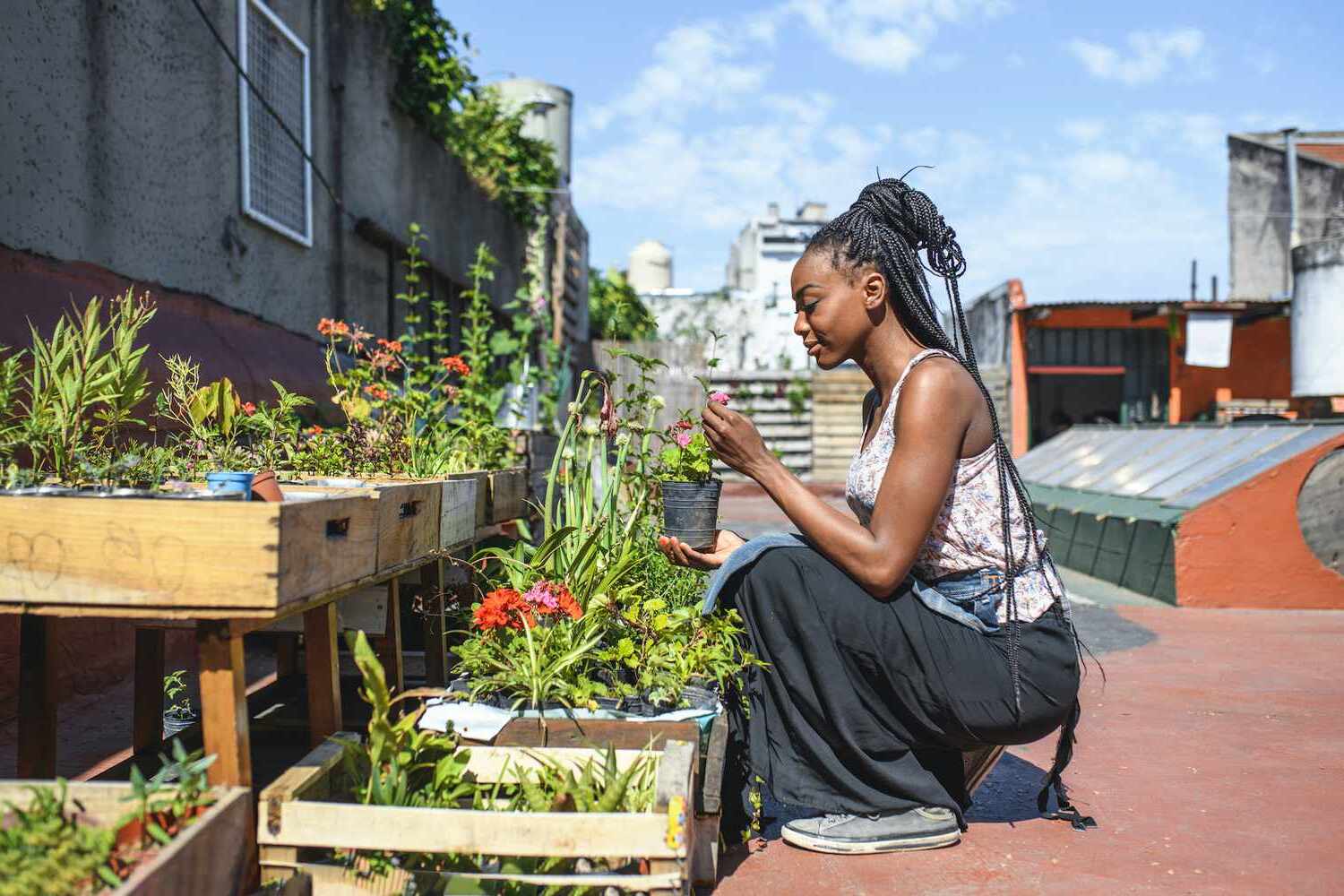
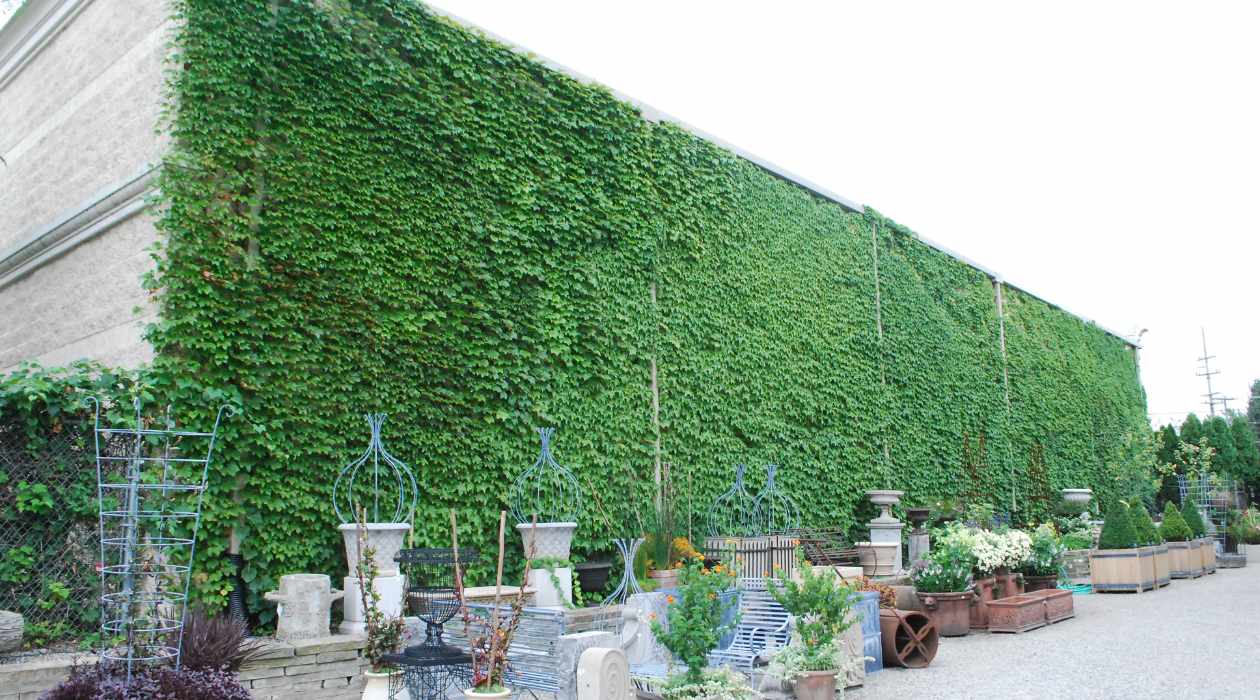
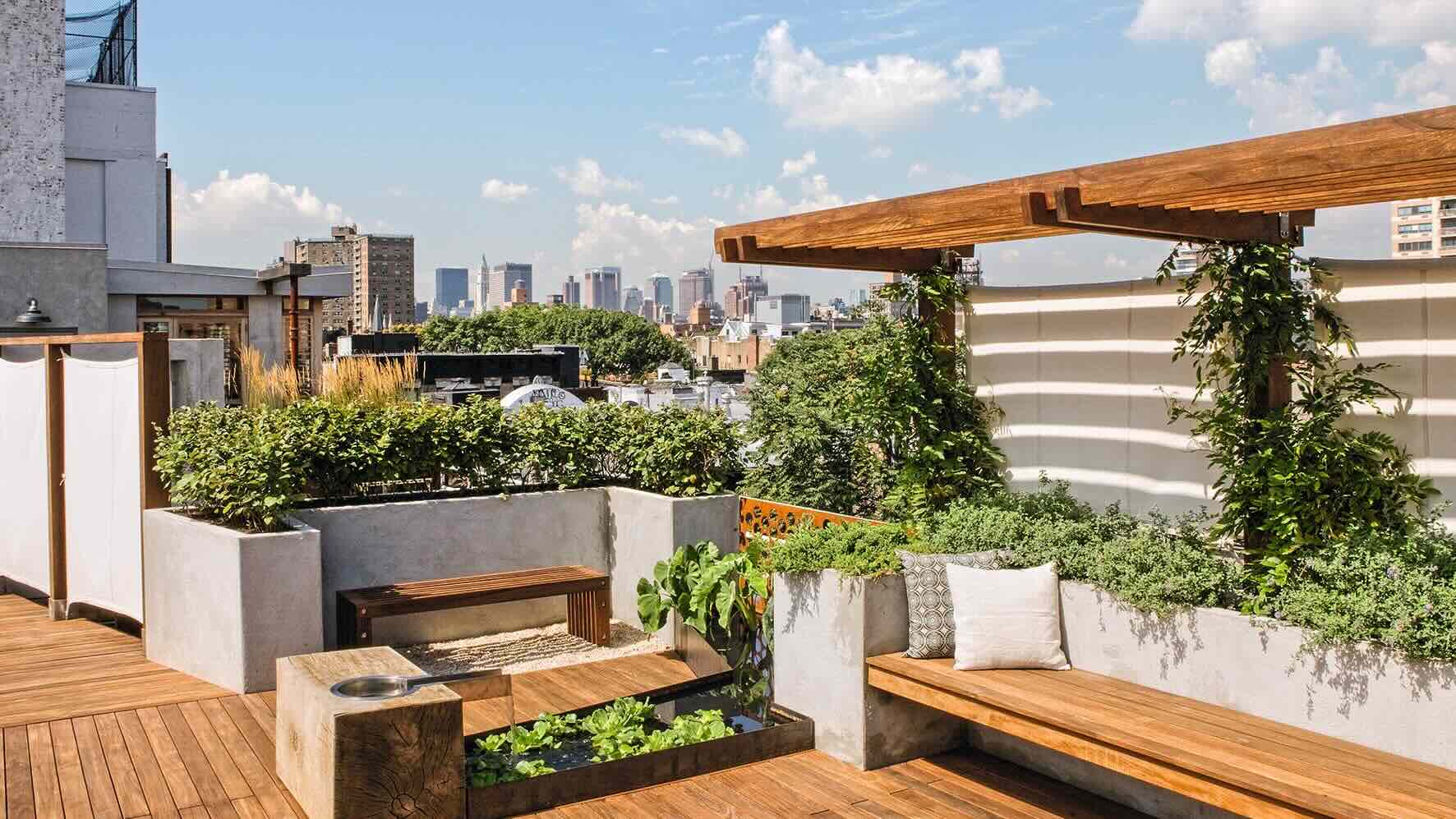
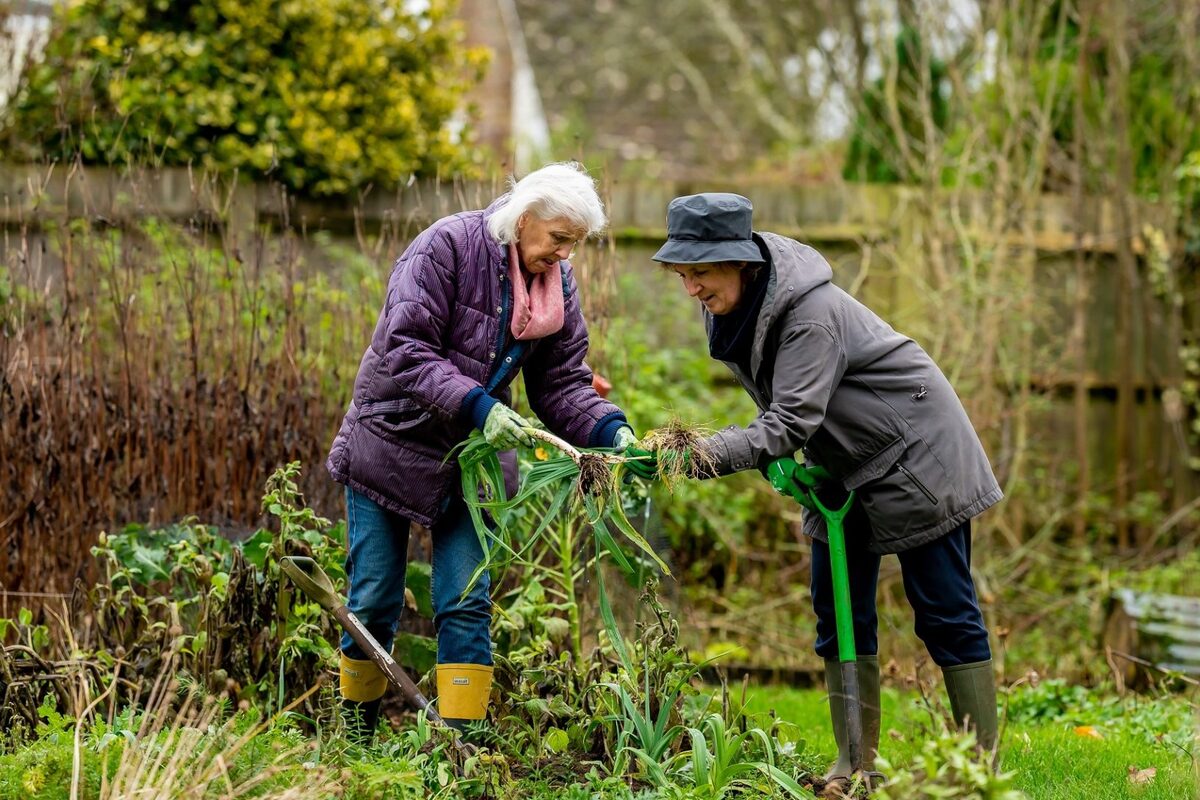
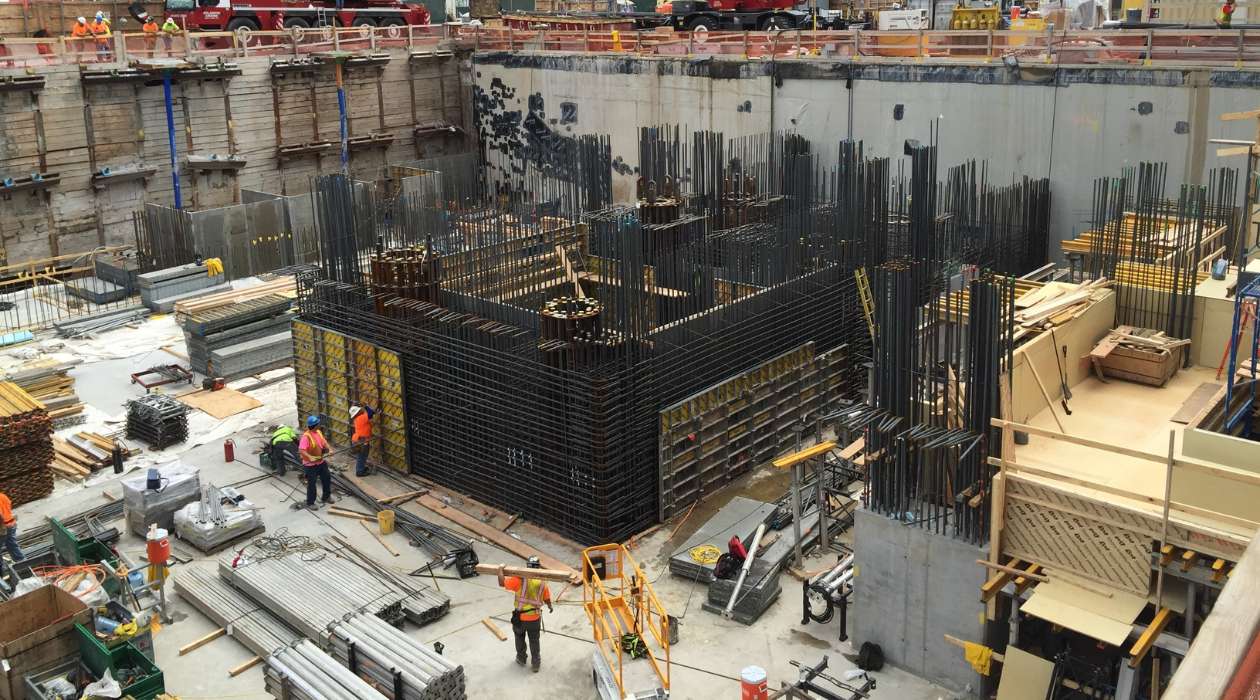
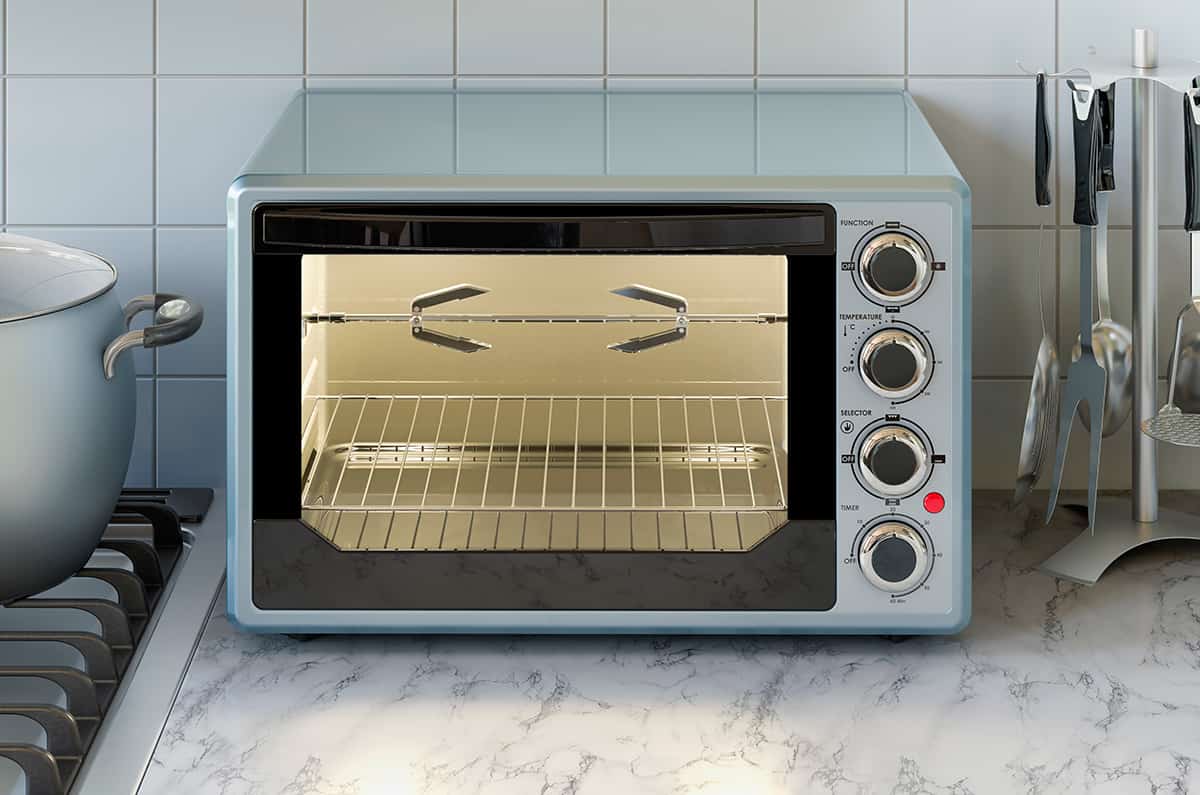


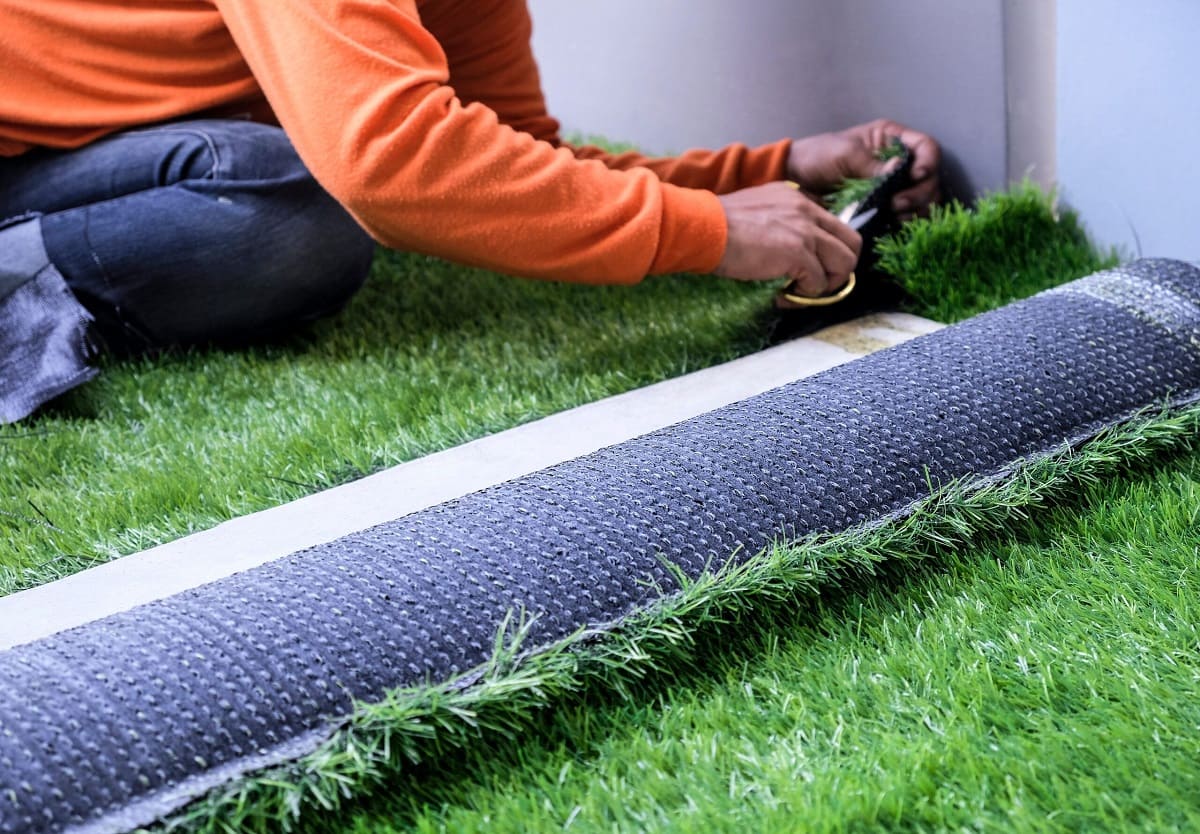
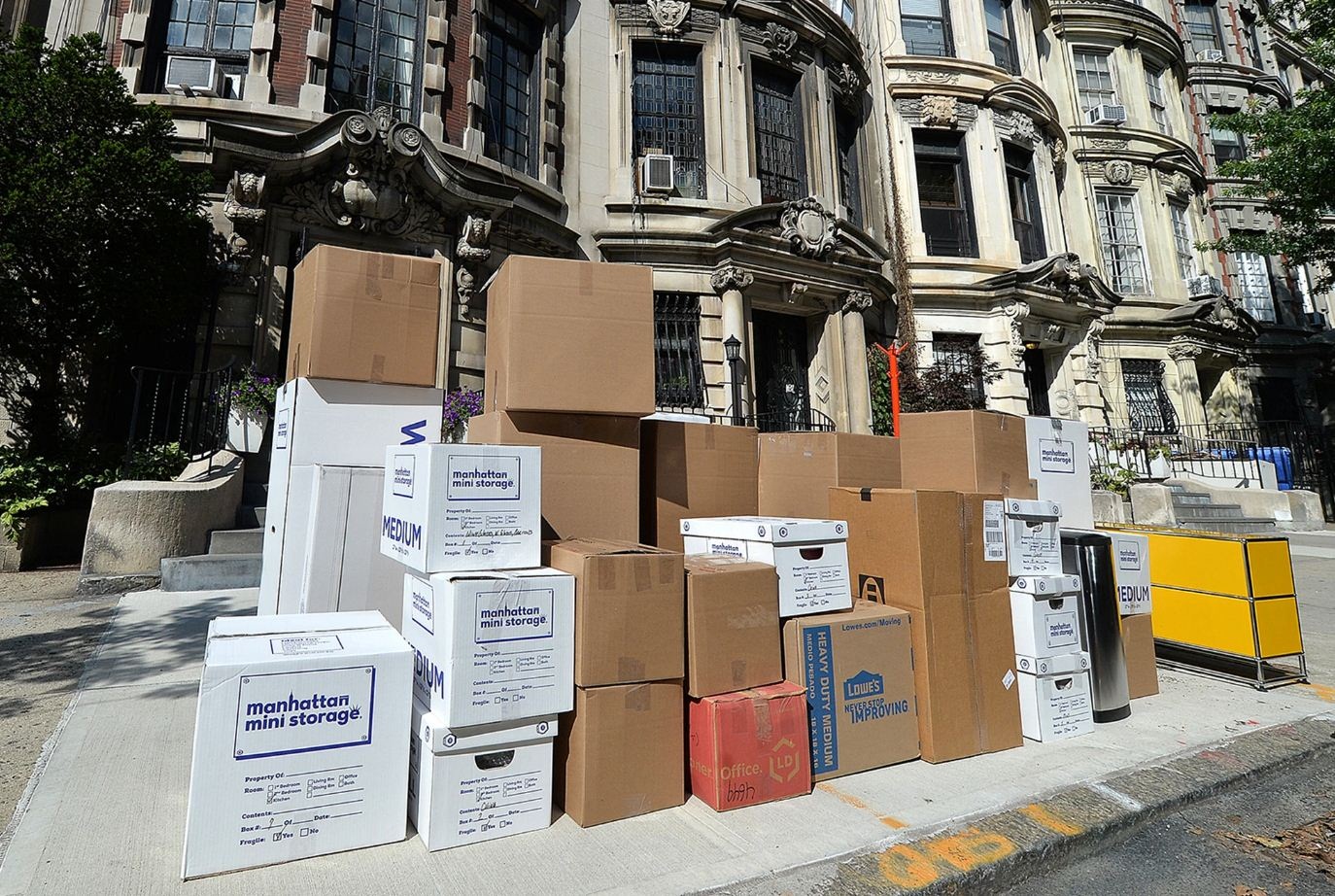
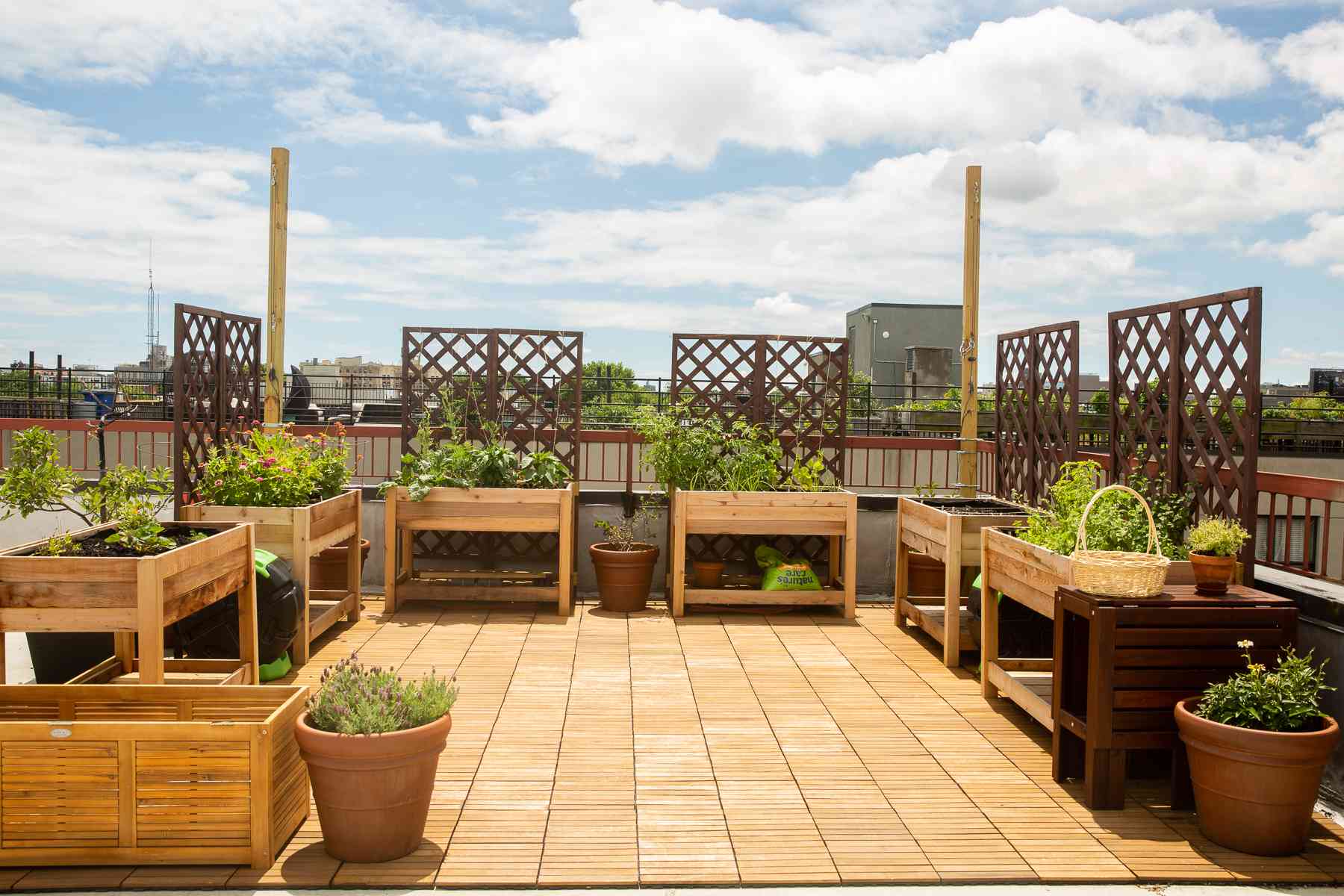
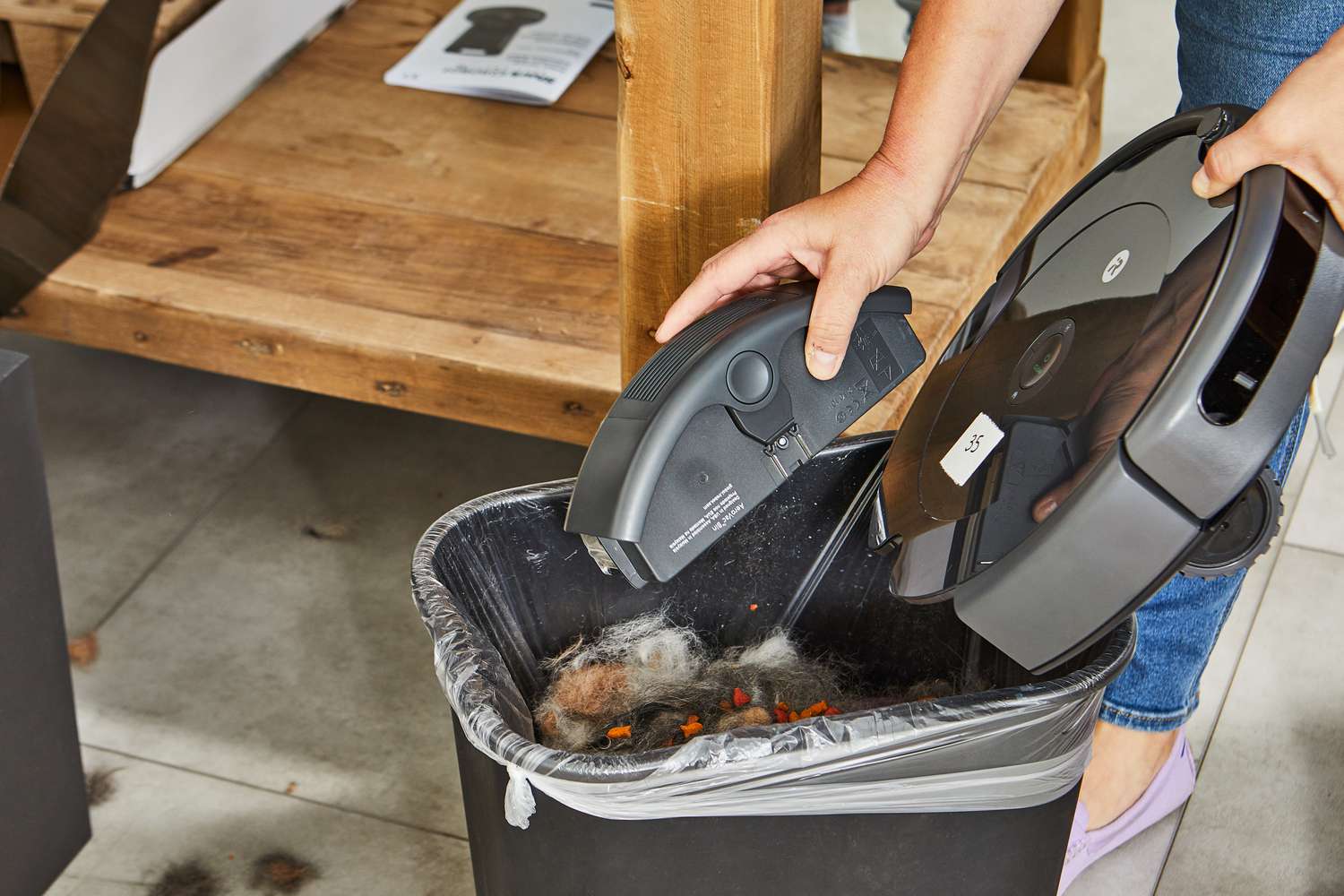


0 thoughts on “How To Do A Rooftop Garden In NYC”